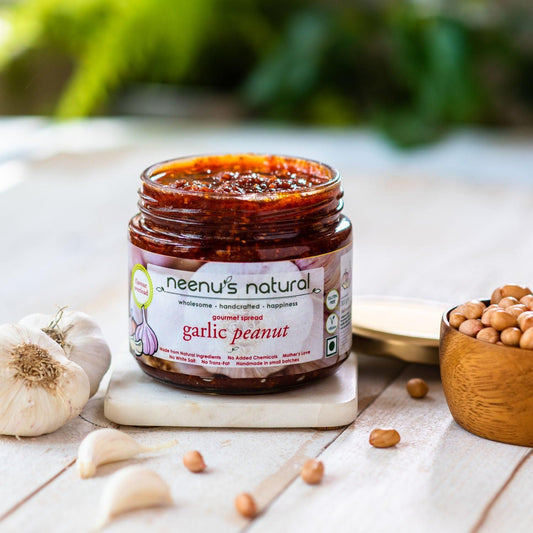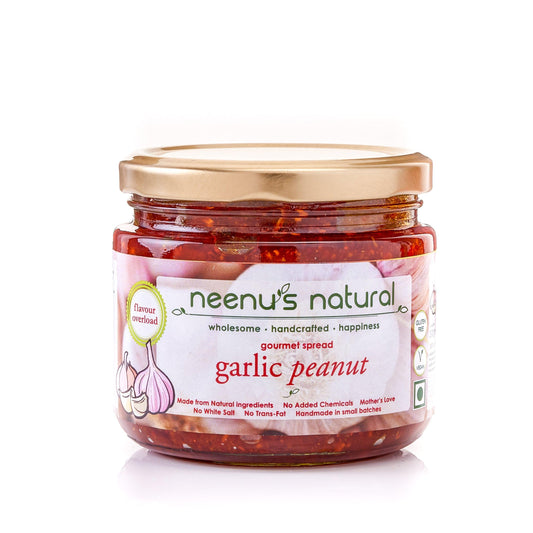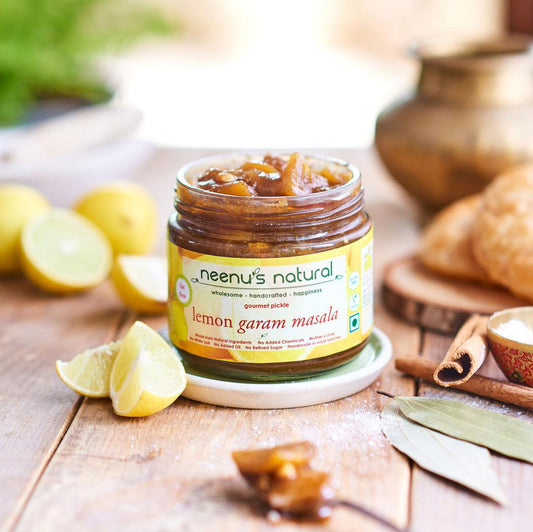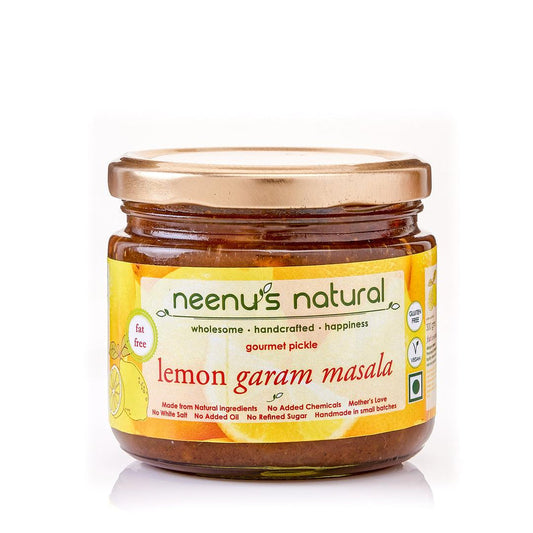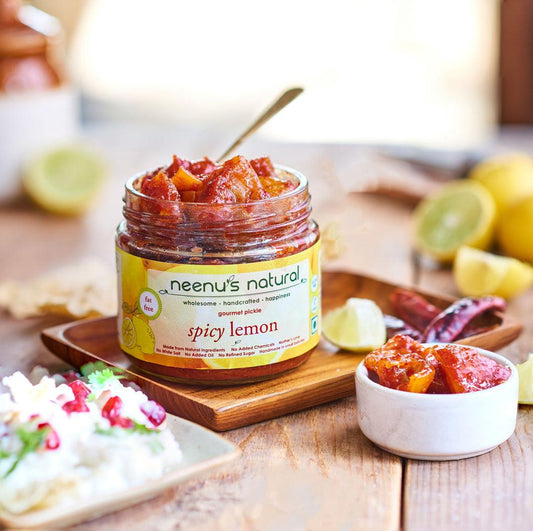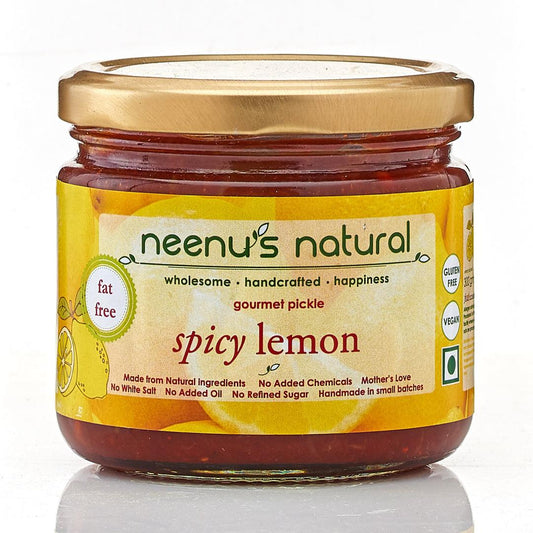Pickles are a popular and traditional part of the Indian cuisine. They are condiments made by preserving and flavoring various fruits, vegetables in a mixture of spices, oil, and vinegar or lemon juice. Indian pickles are known for their vibrant flavors, spicy profiles, and ability to enhance the taste of meals. This process preserves the food by inhibiting the growth of bacteria, yeast, and other microorganisms. Pickling adds a unique tangy and savory flavor to vegetables, enhancing their taste and making them a versatile addition to meals. Pickled foods can provide a refreshing and zesty contrast to dishes. The preparation method for Indian pickles varies depending on the region and the specific type of pickle being made. However, the general process involves the following steps: Selection and preparation: Fresh and ripe fruits or vegetables are chosen, such as mangoes, lemons, chillies, or carrots. They are thoroughly washed, dried, and cut into desired sizes. Spices and seasoning: A blend of aromatic spices like mustard seeds, fenugreek seeds, cumin seeds, turmeric, red chili powder, and asafoetida (hing) is roasted and ground to create a flavorful spice mix. This mix is then combined with salt, sugar, and sometimes vinegar or lemon juice to create a pickling base. Mixing and marinating: The prepared spice mix is mixed with the fruits or vegetables, along with some oil. The ingredients are thoroughly coated and allowed to marinate for several hours or even days, allowing the flavors to develop and the ingredients to soften. Sun-drying or fermentation: Depending on the type of pickle, it may be sun-dried or undergo fermentation. Sun-drying helps remove excess moisture and extends the shelf life, while fermentation introduces beneficial bacteria and enhances the taste. Storing and aging: Once the pickles have reached the desired flavor and texture, they are stored in airtight containers and left to age for weeks or months. This aging process further intensifies the flavors and allows the pickles to develop a rich taste profile. Now, let's explore the benefits of eating pickled foods: Digestive health: Indian pickles often contain spices like ginger, garlic, and fenugreek, known for their digestive properties. These spices can aid digestion, stimulate appetite, and alleviate gastrointestinal discomfort. Preserving seasonal produce: Pickling is an age-old technique in India used to preserve seasonal fruits and vegetables. By pickling, excess produce can be enjoyed throughout the year, providing a way to savor seasonal flavors even when they are not readily available. Added flavor and variety: Pickles add a burst of tanginess, spiciness, and complexity to Indian meals. They serve as condiments or accompaniments, enhancing the taste of various dishes like rice, roti, curries, and snacks. They provide a wide range of flavors, allowing for culinary exploration and experimentation. Antioxidant-rich ingredients: Many Indian pickles are prepared with ingredients like turmeric, mustard seeds, and fenugreek, which are rich in antioxidants. These compounds help combat free radicals, support the immune system, and contribute to overall health and well-being. Ayurvedic benefits: Indian pickles often incorporate Ayurvedic principles by combining ingredients known for their medicinal properties. For example, ginger and turmeric are used in pickles for their anti-inflammatory and immune-boosting benefits, aligning with Ayurvedic concepts of balancing the body and promoting health. It's important to note that Indian pickles can be high in salt, oil, or sugar depending on the recipe. Moderation is key, and individuals with specific dietary restrictions or health conditions should consume them accordingly. Additionally, homemade pickles or those made with natural ingredients are generally considered healthier than commercially produced ones. Mini collection Spicy pickles: Spicy pickles pack a fiery punch with their intense heat and zesty flavor. Infused with chili peppers, garlic, and other spices, these pickles add a kick to your taste buds. They're perfect for those who enjoy bold and fiery flavors in their pickled treats. Sweet and spicy pickles: Sweet and spicy pickles offer a delightful combination of contrasting flavors. These pickles balance the tanginess of vinegar and spices with a touch of sweetness, often achieved through the addition of sugar or honey. They provide a harmonious blend of heat and subtle sweetness that tantalizes the palate. Low oil pickles: Low oil pickles are a healthier alternative to traditional pickles. They are prepared with minimal oil or no oil at all, reducing the overall fat content. By focusing on the natural flavors of the vegetables and relying on vinegar, spices, and fermentation, low oil pickles offer a lighter option without compromising on taste or texture.



